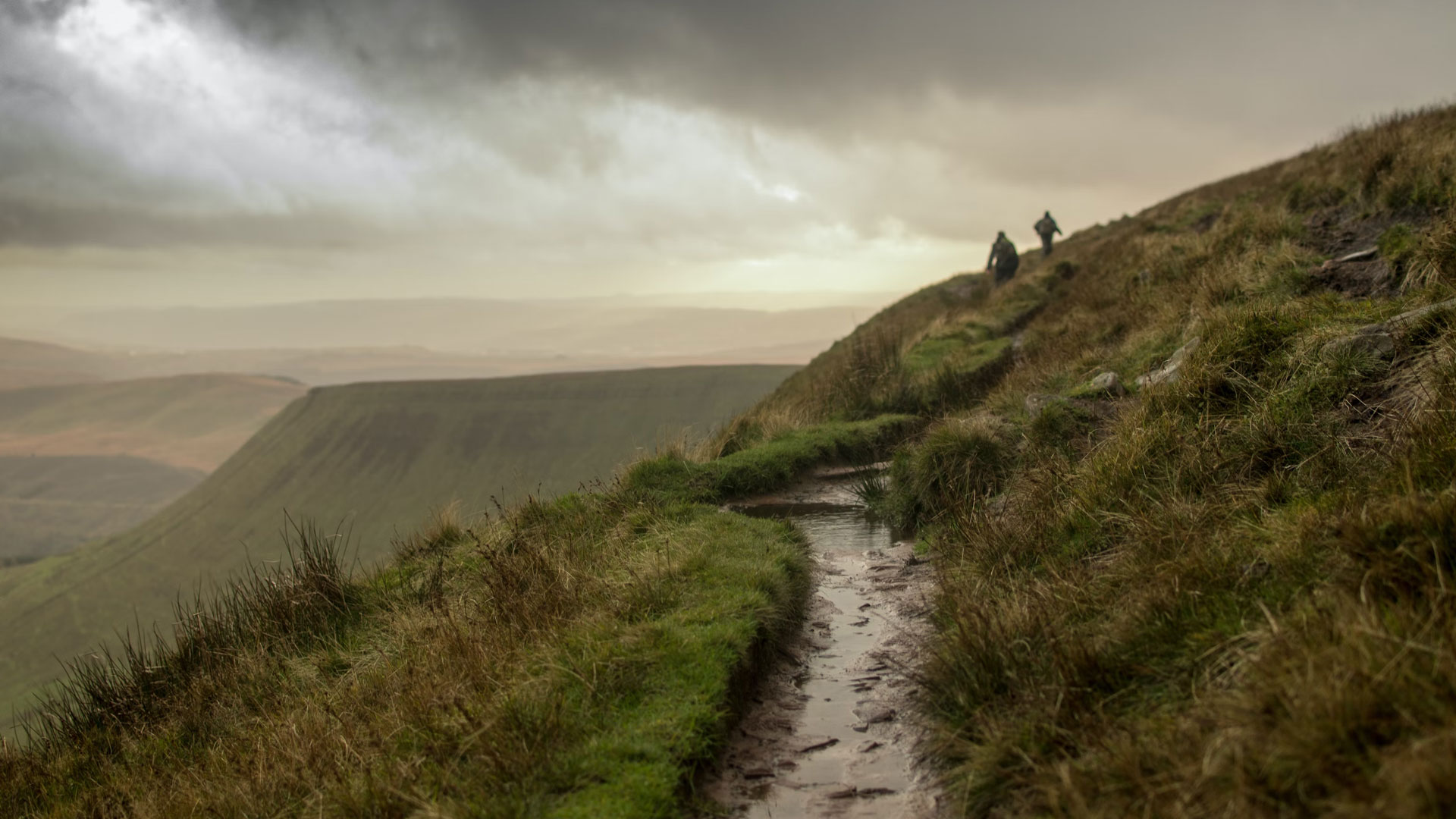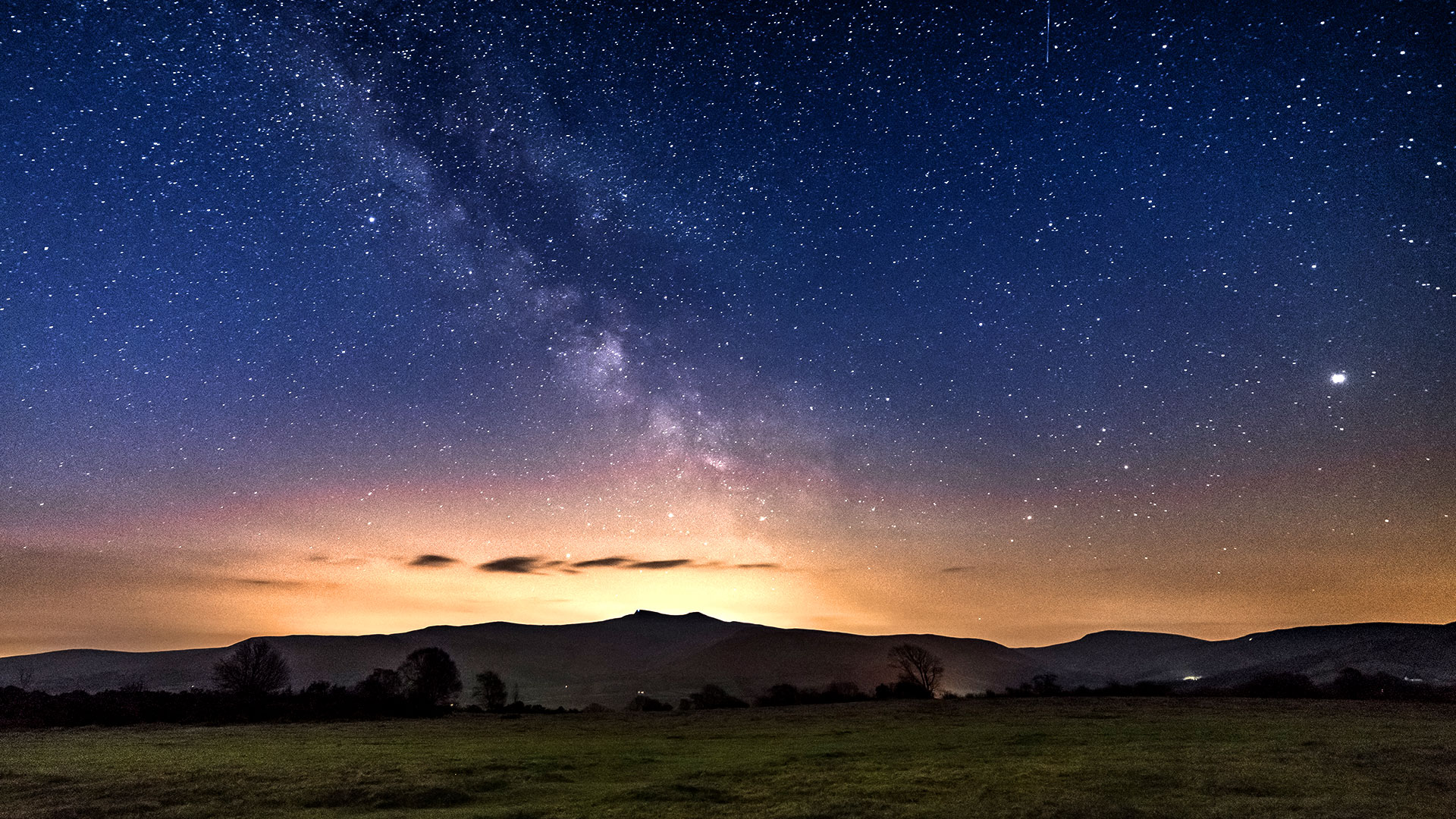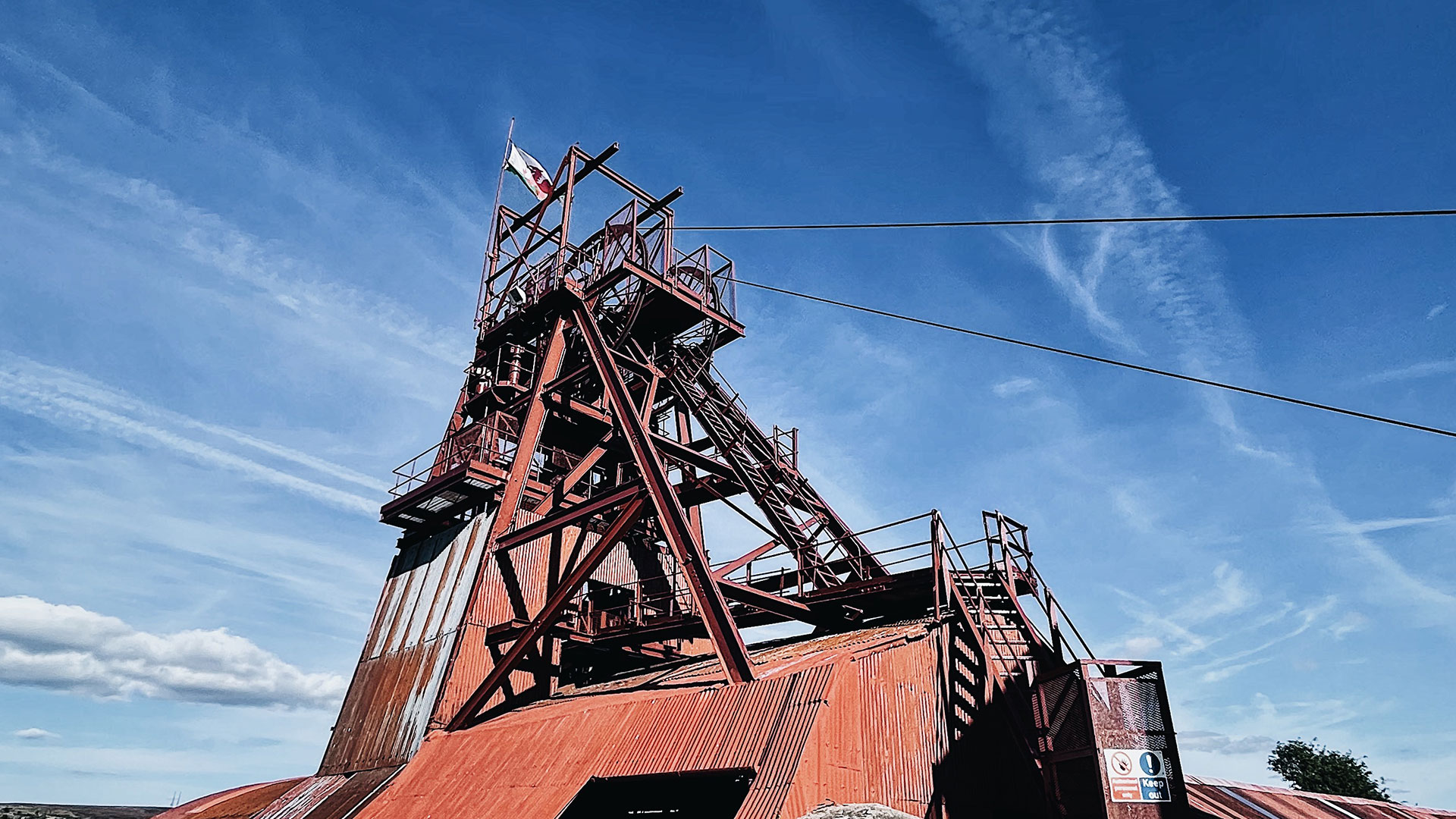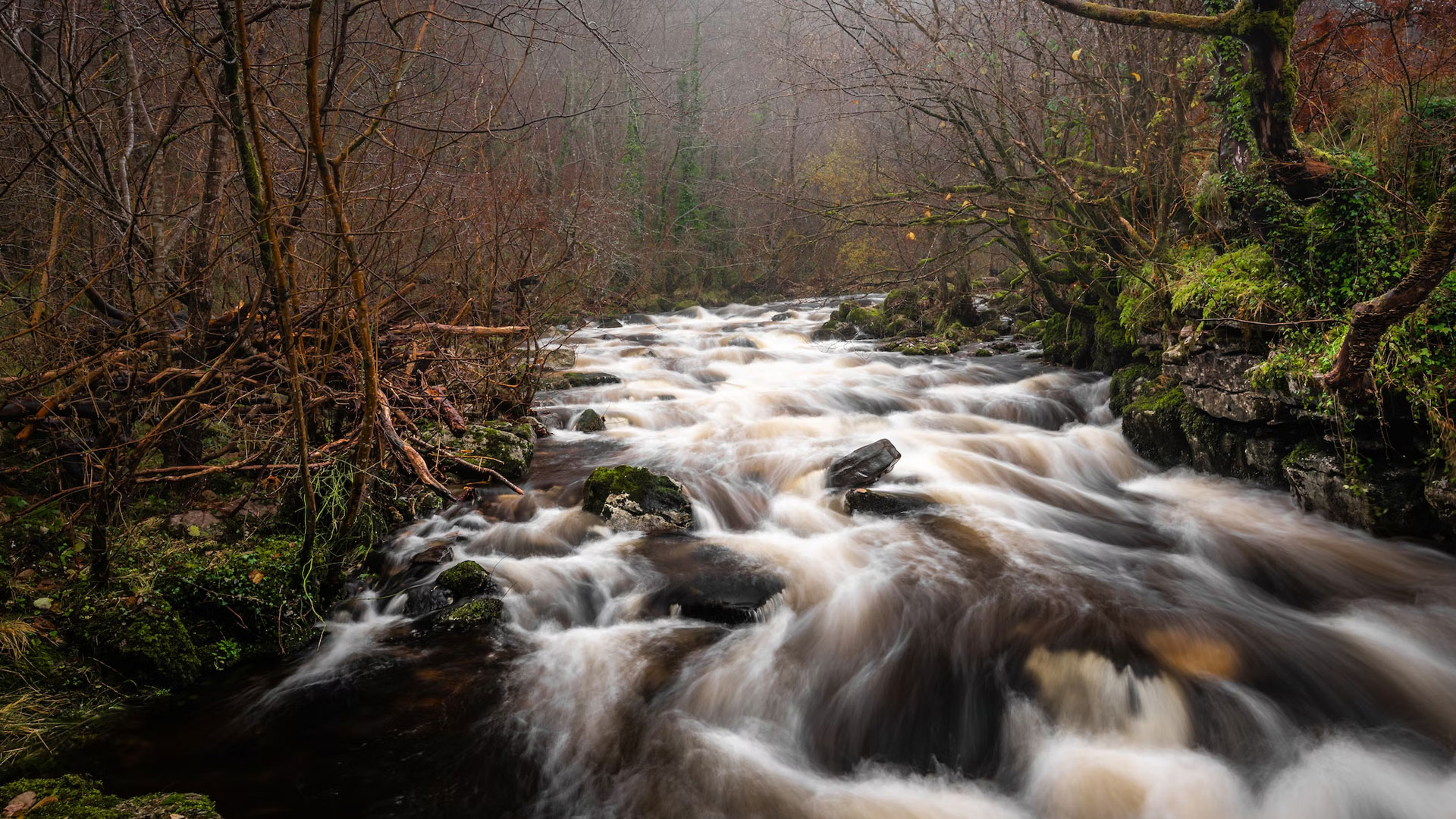A National Park
Bannau Brycheiniog (Brecon Beacons) National Park is one of a family of fifteen National Parks in the UK and three in Wales. It is the National Park Authority’s job to ensure that the landscapes in our care are managed sustainably for the quiet enjoyment of all.
National Parks are in a true and full sense a national resource. This does not mean that local interests are disregarded, far from it. Rather it means that the value of the environment and the benefits it brings to people’s health and happiness is something that is protected for the benefit of all. As John Dower, the architect of the creation of National Parks in the UK stated their value in 1945.
This founding ethos remains central to the work of the organisation and frames the development of policy for the future management of the National Park.
Bannau Brycheiniog received formal designation as a National Park in 1957. The boundary covers some 520 square miles of beautiful countryside. The border extends from the rural heartland of Mid Wales in the north to the post-industrial ex-mining communities of the South Wales Valleys. From east to west, the Park spans from the Marches to the fringes of Llandeilo. At last count, the Park was home to about 33,000 people.
The National Park Authority is the organisation which is charged by law with looking after the rich and special landscapes of the National Park. The National Park Authority has two special purposes enshrined in the Environment Act (1995) (see text box over). The law also says that in carrying out our purposes the organisation must also ensure that no social or economic harm comes to the people who live in the Park. This is called our Duty. In circumstances where the first purpose and second purpose are in direct conflict, the Sandford Principle sets out that the first purpose takes precedence.
National Park Purposes And Duty
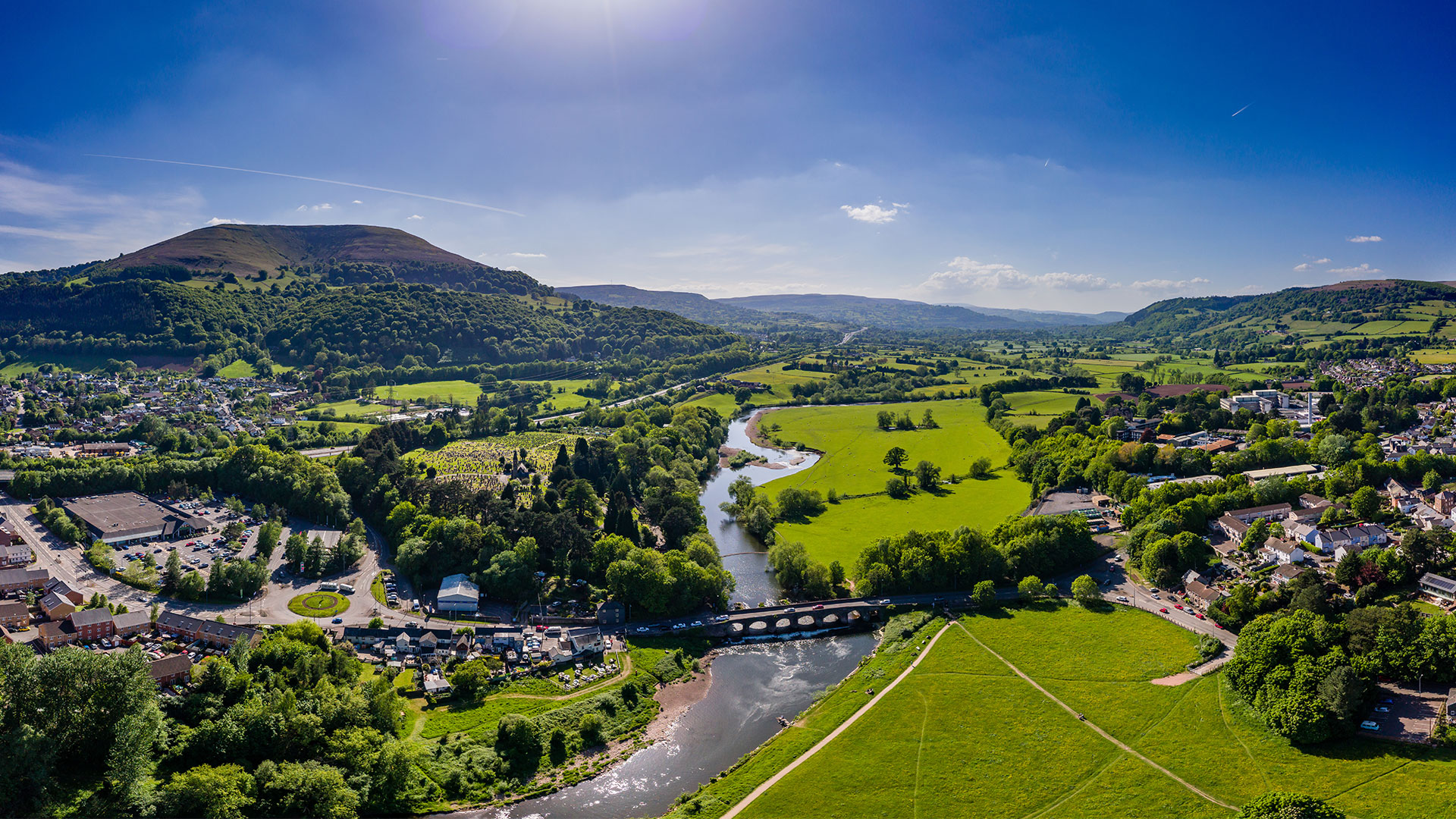
Not just a National Park
Bannau Brycheiniog (Brecon Beacons) National Park is also proud to be host to a range of other nationally and internationally important designations. These designations recognise the significance of the Park in specific areas, offering us further protection and opportunities to tell the story of the Park.
Not just for the Authority
The National Park Authority is the organisation that is given statutory responsibility to protect the area of the National Park and implement the Purposes and Duty, but we are not alone in this endeavour.
All public bodies which act within the National Park, must in accordance with the law, have due regard to the National Park’s Purposes and Duty in carrying out their functions both within the National Park and where this activity may impact the National Park. This requirement is set out in Section 62(2) of the Environment Act 1995. It means that the requirement to protect the assets of the National Park, in the public interest, is a shared responsibility and one that we collectively deliver.
Those public bodies which share this obligation, we often refer to as Section 62(2) bodies (referencing the clause of the Act that places this duty upon them).
They include:
- Natural Resources Wales (NRW)
- Dwr Cymru Welsh Water (DCWW)
- Town and Community Councils within and bordering the Park
- Powys County Council
- Monmouthshire County Council
- Carmarthenshire County Council
- Merthyr Tydfil County Borough Council
- Blaeunau Gwent County Borough Council
- Torfaen County Borough Council
- Rhondda Cynnon Taff County Borough Council
- CaerphillyCounty Borough Council
- Neath Port Talbot County Boruogh Council
- Herefordshire County Council
- Powys Public Service Board
- Carmarthenshire Public Service Board
- Gwent Public Service Board
- South West Wales Corporate Joint Committee
- South East Wales Corporate Joint Committee
- Mid Wales Corporate Joint Committee
- Constituent Health Boards
- Constituent Police Services
- Constituent Fire and Rescue Services
- Any Office of the Crown
- Any statutory undertaker






